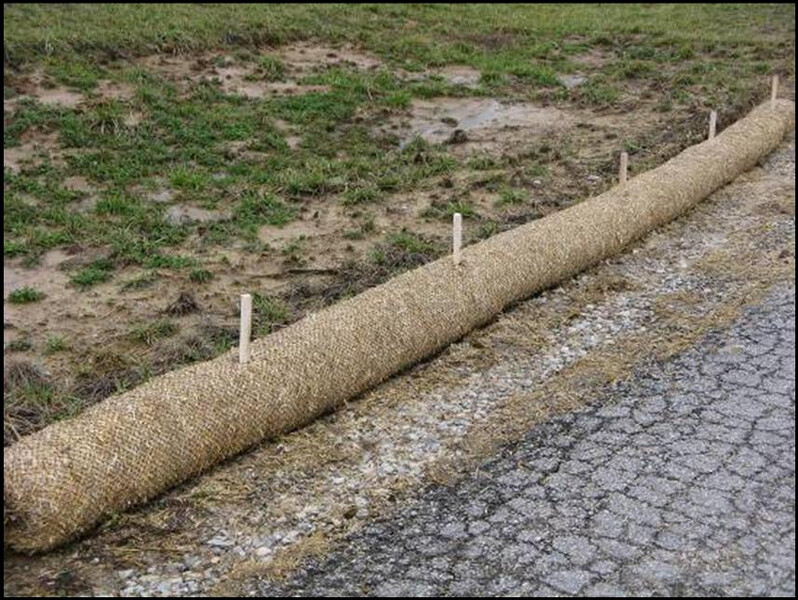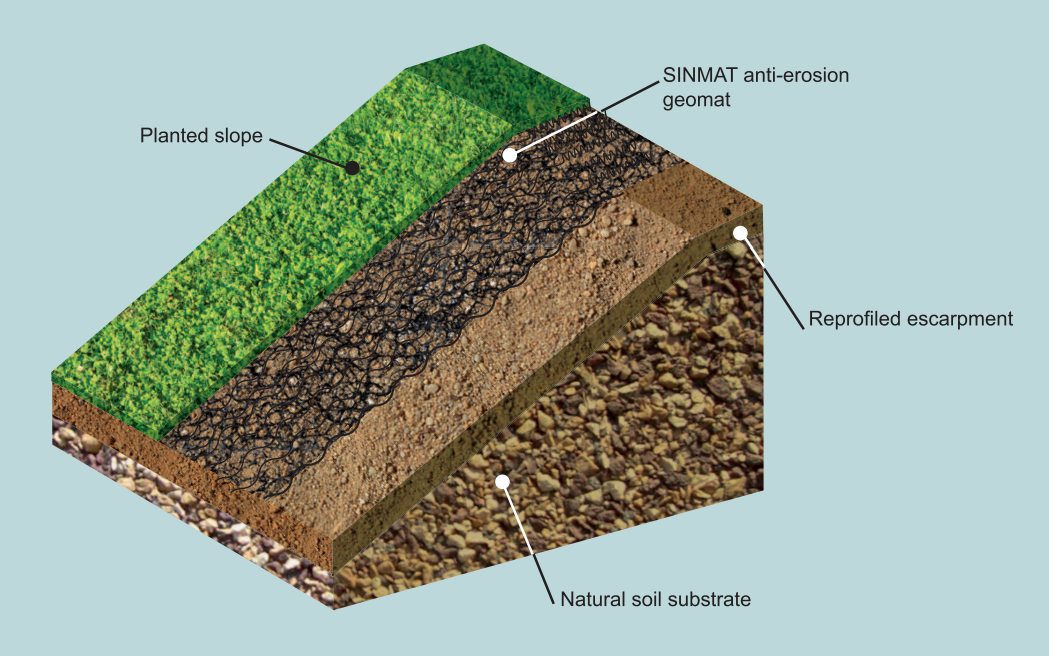Memphis Erosion Control Solutions Memphis TN: Your Regional Erosion Control Specialists
Wiki Article
Best Practices for Erosion Control in Construction Projects
Are you working with a building and construction task and worried about erosion control? Look no more! In this short article, we will guide you via the most effective techniques for avoiding disintegration on your site. You'll find 5 essential methods, reliable sediment and runoff management approaches, key considerations for incline stabilization, and suggestions for securing plant life and soil. We'll likewise look into the importance of applying proper water drainage systems. Prepare yourself to tackle erosion head-on and ensure the success of your building and construction job.5 Crucial Erosion Control Techniques

To successfully regulate erosion on your building and construction site, you'll require to execute essential strategies such as slope stablizing and debris control procedures. Slope stablizing is crucial in avoiding dirt disintegration on steep inclines. You can attain this by using techniques like terracing, which entails developing horizontal steps on the incline to reduce water circulation and advertise the absorption of rainwater. One more effective technique is making use of disintegration control coverings or mats, which are put on the incline and aid maintain dirt fragments while allowing plant life to expand. Debris control actions are also important to avoid sediment runoff into neighboring water bodies. One reliable technique is the installment of silt fences along the boundary of the building and construction website. These fences work as barriers, catching sediment-laden water and permitting it to settle before it gets to the water bodies. Furthermore, you can make use of debris containers, which are momentary retention fish ponds made to trap sediment and enable water to slowly drain pipes off. Carrying out these necessary disintegration control strategies will certainly help lessen the unfavorable ecological influence of your construction project and make sure compliance with guidelines.
Effective Debris and Runoff Monitoring

You can efficiently handle debris and overflow in your construction task by executing correct erosion control steps. Sediment and overflow monitoring is crucial to stop disintegration and safeguard the surrounding atmosphere. One efficient procedure is the installation of silt fencings along the perimeter of the building and construction website. These fencings help to consist of debris and prevent it from going into nearby water bodies. An additional important technique is the application of erosion control coverings or mats. These blankets give a safety layer on bare soil, reducing the impact of rainfall and stopping disintegration. In addition, the usage of sediment basins or sediment catches can help to capture sediment and avoid it from getting in stormwater systems. Routine maintenance of these steps is vital to guarantee their efficiency throughout the construction project. This includes examining and cleaning sediment basins and regularly changing silt fences and disintegration control coverings as needed. By executing these erosion control actions, you can effectively take care of debris and drainage in your building and construction task, reducing try this site the effect on the setting and following regulatory demands.
Key Factors To Consider for Incline Stabilization
When considering slope stablizing, it is essential to analyze the surface and identify possible locations of instability. You need to thoroughly examine the incline's attributes, such as its water drainage, angle, and make-up patterns. Seek indicators of erosion, such as subjected origins, fractures, or down soil. These signs can provide you an idea of where stabilization procedures might be required.Once you have recognized the unstable locations, you can start applying actions to maintain the slope. One common approach is using preserving wall surfaces or terracing to develop a series of level actions, which can aid distribute the weight and protect against more erosion. An additional alternative is to grow plants on the incline, as the roots can help anchor the dirt and control erosion. In addition, mounting erosion control blankets or floor coverings can give prompt defense while vegetation ends up being recognized.
It's important to regularly monitor the stabilized slopes to guarantee their performance. Watch out for any kind of indicators of movement or erosion, and take instant activity if required. Routine upkeep, such as evaluating and repairing any type of damaged steps, is likewise necessary to make sure lasting security.
Best Practices for Plant Life and Soil Protection
If required,One efficient way to secure plant life and soil on slopes is by regularly checking for indications of disintegration and taking try this website prompt activity. By being watchful and positive, you can prevent further damages and make sure the stability of the slope. Begin by checking the incline for any signs of disintegration, such as exposed origins, bare soil patches, or sediment buildup at the bottom. If you discover any of these indicators, it is critical to resolve the concern immediately. Implement erosion control procedures such as mounting erosion control coverings, mulching, or also creating retaining wall surfaces if required. In addition, growing plants can dramatically assist in maintaining the soil. Select indigenous plants that have deep origin systems, as they are extra effective in avoiding disintegration. See to it to on a regular basis examine the health of the plant life and supply necessary upkeep, like watering and fertilizing. Bear in mind, erosion can promptly intensify and trigger severe damage, so it's necessary to resolve it asap. By taking proactive procedures and on a regular basis keeping an eye on the slope, you can shield the plants and soil, making sure the long-term security of the location.Carrying Out Correct Drainage Systems
When it comes to handling water circulation and preventing disintegration, comprehending these variables is necessary. Steeper inclines can lead to faster water flow, boosting the risk of erosion and flooding. On the various other hand, gentler inclines allow water to stream much more slowly, decreasing erosion capacity.Sandy soils tend to drain pipes faster due to their rugged appearance, while clay soils have a slower water drainage price due to their compact nature. Additionally, taking into consideration the soil characteristics aids stop waterlogging, which can lead to inadequate plant development and damage to frameworks.
Final Thought
In conclusion, when it comes to disintegration control in building and construction jobs, you have to comply with these ideal techniques. Consider slope stablizing methods to ensure the stability of the site. By following these important methods, you can efficiently manage disintegration and make sure the success of your building job.To properly control erosion on your building site, you'll require to apply necessary techniques such as slope stabilization and debris control procedures. Incline stabilization is essential in preventing soil disintegration on high slopes. Another effective method is the use of erosion control blankets or floor coverings, which are my blog put on the incline and assistance maintain soil particles while permitting plant life to expand. Another choice is to grow vegetation on the incline, as the roots can assist secure the soil and control disintegration. Implement disintegration control steps such as setting up erosion control blankets, mulching, or also building retaining walls if required.
Report this wiki page